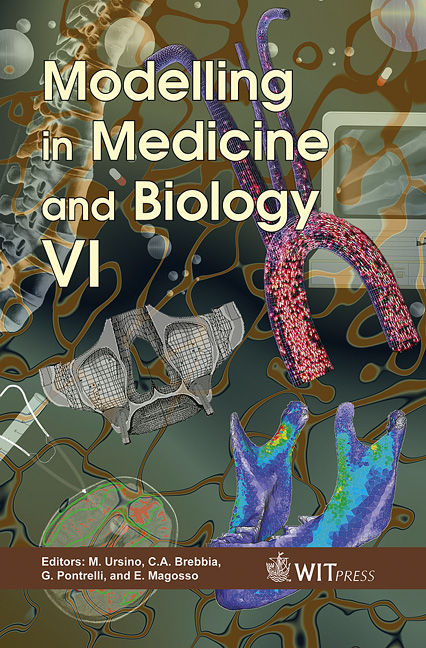Neural Processing Of Biomedical Data For Improving Driving Safety
Price
Free (open access)
Transaction
Volume
8
Pages
7
Published
2005
Size
396 kb
Paper DOI
10.2495/BIO050211
Copyright
WIT Press
Author(s)
F. Barcellona, F. Filippi, M. Panella, A. M. Bersani & A. Alessandrini
Abstract
Driving ability can be impaired by fatigue, drowsiness, drugs and alcohol, all of which have been implicated in causing road traffic accidents. Acute hypoglycaemia, which is the most common side effect of insulin therapy in individuals with diabetes, may also compromise driving skills. Other than by forbidding people to drive, the potential danger can be reduced by monitoring health and consciousness of drivers, by providing them with feedback on their conditions using, eventually, an emergency centre or biofeedback. In this paper, we propose the use of a signal processing system based on neural networks for system modelling and prediction. In particular, using neural networks we will reproduce the glucose temporal evolution without invasive technique for drivers, with the aim of preventing loss of consciousness while driving and hence improving road safety. Some illustrative trials will be shown in this regard. This research work is supported by the \“CTL Excellence Centre (Centro di Ricerca sul Trasporto e la Logistica)” co-funded by the Italian Ministry of University, Education and Research and by the University of Rome \“La Sapienza”. Keywords: modelling and prediction, diabetes, data acquisition and analysis, neural network, road safety. 1 Introduction Driving is an activity that demands complex psychomotor skills, good visuospatial functions, rapid information processing, vigilance, and satisfactory judgment. Hypoglycaemia is a common side-effect of insulin therapy for
Keywords
modelling and prediction, diabetes, data acquisition and analysis, neural network, road safety.





